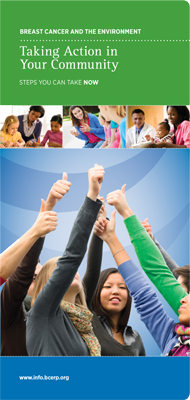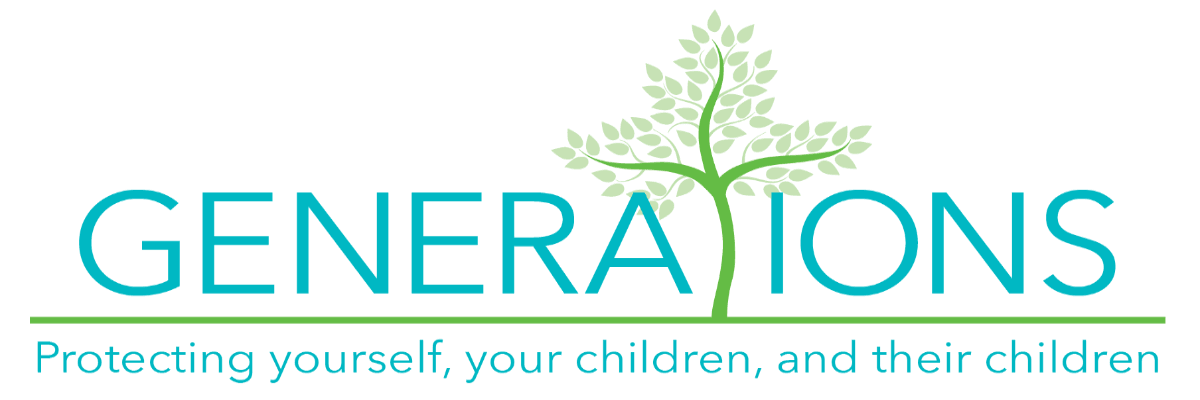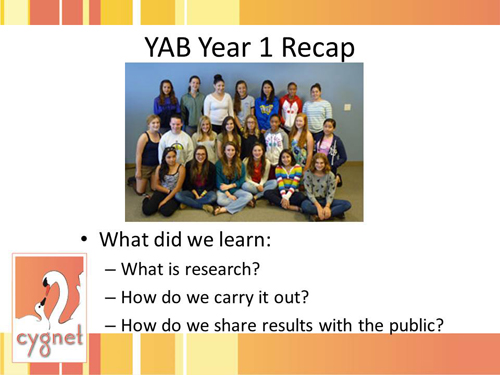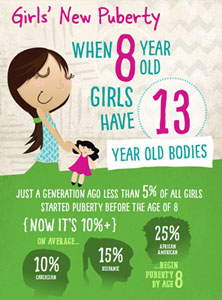Breast Cancer Risks You Can Change
- Details
- Category: Breast Cancer Prevention
To prevent breast cancers, scientists look for risk factors (anything that increases your chance of developing cancer) and protective factors (anything that decreases your chance of developing cancer) starting even before birth. We can't change the genes we inherit or our age. However, some risk factors for cancer can be avoided, such as smoking.
Avoiding risk factors and increasing protective factors may lower your risk but it does not mean that you will not get breast cancer. ZBC focuses on individual and community actions and environments that we can change.
We provide these materials free of charge to schools, nonprofits, businesses and others interested in sharing our materials with their clients or their communities. Please fill out this online Materials Request Form if you would like to request copies in English and/or Spanish.
If you would like to support our mission to educate diverse, low-income communities about breast cancer prevention, we welcome donations to offset the cost of developing, printing and mailing these materials. Thank you for your support!



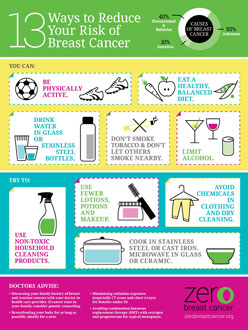
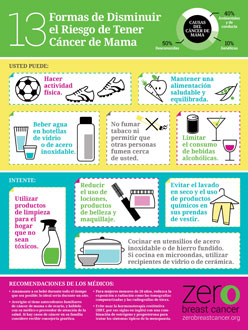
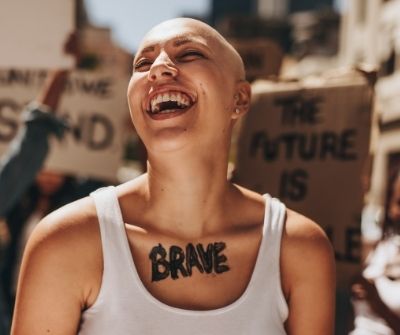
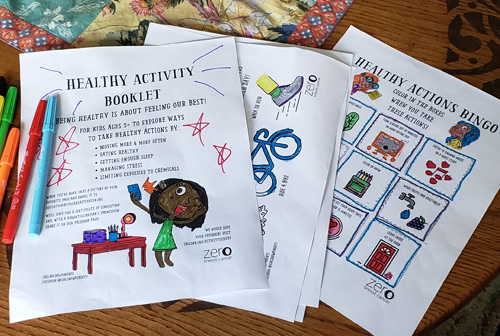
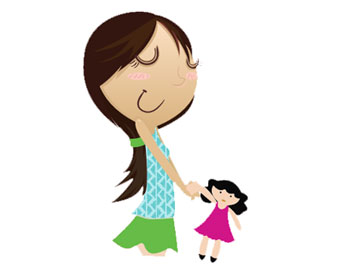
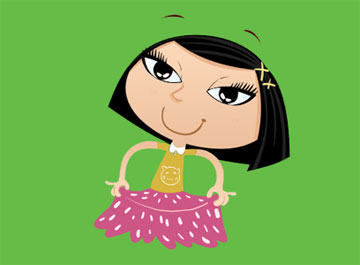
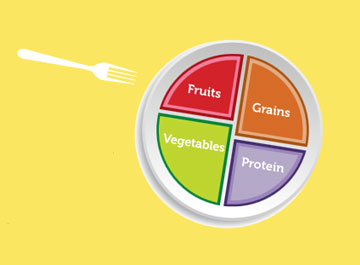
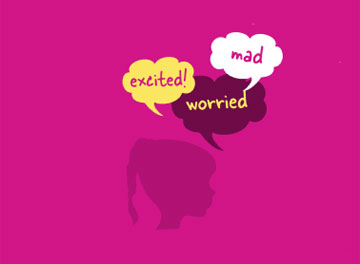


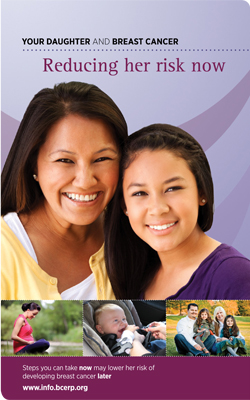 (In
(In 